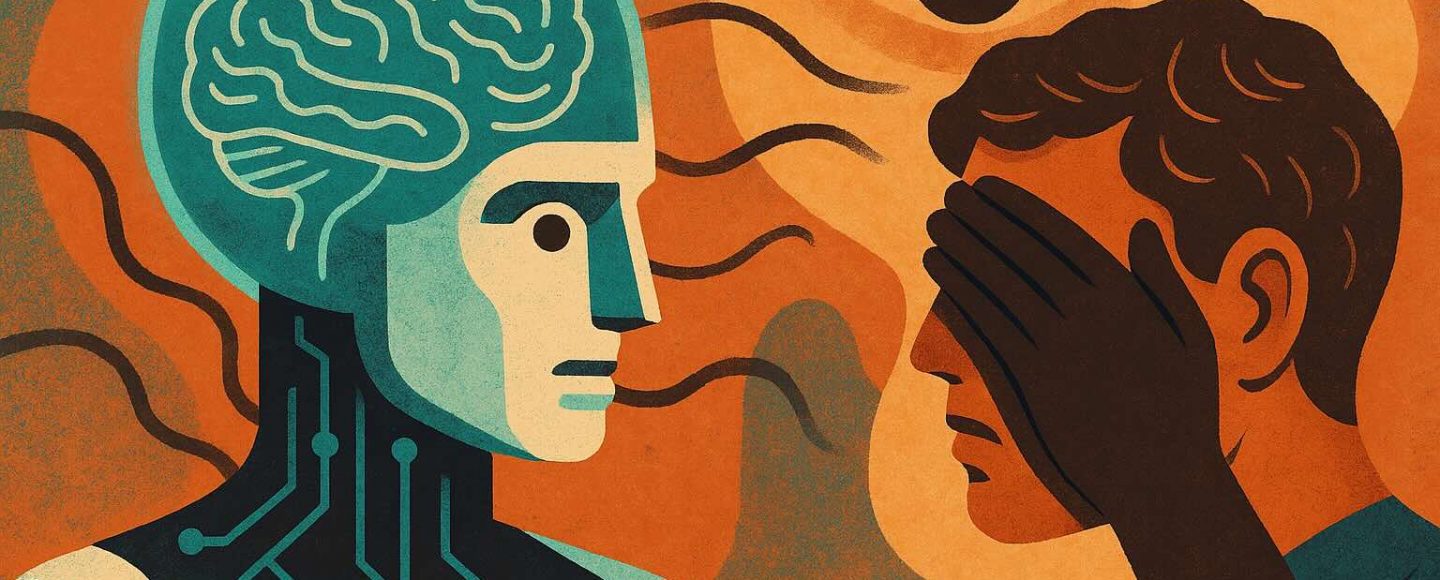
Scarlett Johansson Battles AI for Rights
The rising controversy of Scarlett Johansson Battles AI for Rights highlights key issues at the intersection of celebrity, artificial intelligence, and digital ethics. Hollywood icon Scarlett Johansson is challenging OpenAI over what she says is the unauthorized use of a voice in a ChatGPT assistant that closely resembles her own. Her decision to speak out raises broader questions about celebrity likeness, consent in generative AI, and the legal and ethical standards necessary in today’s rapidly evolving technology landscape. Johansson’s stand extends beyond her personal image, signaling increased demands for accountability in AI development.
Key Takeaways
- Scarlett Johansson has alleged that OpenAI replicated a voice similar to hers without obtaining permission.
- This incident draws attention to growing concerns about AI voice cloning and the protection of celebrity identity.
- Current legal and ethical systems are not fully equipped to manage AI’s ability to reproduce human likeness and voices.
- This situation may influence new consent standards and protections in future AI applications.
Also Read: Kim Kardashian Embraces Robot Companionship Adventure
What Happened Between Scarlett Johansson and OpenAI?
The situation emerged when OpenAI introduced a voice assistant for ChatGPT that included a voice option called “Sky.” Observers noted that the voice sounded strikingly like Scarlett Johansson. Johansson stated that she had turned down a previous offer from OpenAI to work on such a feature. Just days before the voice assistant launched, OpenAI CEO Sam Altman contacted her again with a similar proposal, which she also declined. Two days later, the product went live with “Sky.” Johansson claims the voice sounded so similar that many believed she was involved.
Her legal team requested clarity and accountability from OpenAI. In response, OpenAI paused the “Sky” voice feature and clarified that Johansson was not part of the project. The company said the voice came from another professional actor. Still, the matter has raised significant questions about voice replication and personal rights in the age of AI.
Also Read: AI Replicates Your Personality in 2 Hours
The New Frontier: Celebrity Rights in the Age of AI
The development of artificial intelligence brings new challenges to the way society understands ownership and consent regarding personal identity. Celebrities are particularly vulnerable because of their widely recognized voices and appearances. This visibility makes them prime candidates for unauthorized replication through AI technologies.
Past concerns have focused on deepfake videos and synthetic content on the internet. Johansson’s case stands out because it involves a mainstream product launched by a well-known technology company. That fact brings urgency to discussions about commercial and ethical limits. There is a growing belief among legal experts that current protections, such as publicity rights, are outdated and insufficient in handling AI-driven imitation.
How Voice Cloning Works and Why It Matters
Voice cloning uses machine learning algorithms trained on audio samples to generate new speech that mimics a particular person. These systems can now simulate qualities like pitch, emotion, timing, and manner of speaking. While there are positive uses for voice cloning, such as improving accessibility or supporting those who’ve lost their voices, using it without permission risks significant harm.
Some individuals have given consent for voice cloning. James Earl Jones provided authorization for his voice to be digitally preserved for future portrayal of Darth Vader. Actor Val Kilmer approved similar technology after health-related challenges. In contrast, Johansson claims she did not provide any approval, which she argues makes her situation fundamentally different and ethically problematic.
The ability of AI to replicate voices convincingly increases risks. Without explicit labeling or transparency, users may not realize when they are listening to a synthetic voice. This problem may encourage misinformation, unfair impersonation, and the use of someone’s identity without proper acknowledgment or compensation.
Also Read: Digital Identity: The Key to Cybersecurity Victory
Precedents Shaping the Future: Timeline of AI-Celebrity Clashes
This case fits within a broader timeline of AI colliding with public image rights. Several incidents have demonstrated the growing need for regulation and informed consent in AI-generated content:
- 2019: Deepfake videos featuring celebrities, including Tom Cruise, begin to circulate widely, creating early alarm around AI misuse.
- 2022: James Earl Jones licenses use of his voice for future Star Wars projects using AI tools.
- 2023: Tom Hanks warns audiences about digital ads using an unauthorized AI-generated version of his likeness.
- 2024: Scarlett Johansson accuses OpenAI of releasing a voice feature that resembles her without official collaboration.
These events demonstrate the widening gap between existing legal protections and the sophistication of generative technologies. As companies increasingly deploy AI for commercial purposes, the importance of consent, fairness, and transparency grows stronger.
Setting Legal and Ethical Precedents: What’s Next?
In the United States, some states like California and New York have passed laws concerning the “right of publicity.” Still, these laws were not designed to handle digital mimicry made possible by AI. Federal-level regulation is absent, leaving celebrities and ordinary individuals with uneven levels of protection based on where they live.
Legal experts support stronger and clearer consent requirements for using someone’s likeness or voice in AI applications. There is growing backing for policy models that work similarly to intellectual property licensing. These would require individuals to provide explicit written permission and receive appropriate compensation when their identity is replicated through artificial means.
Entertainment unions, including SAG-AFTRA, have started raising concerns about how such technologies can affect performers’ rights. These organizations now advocate for enforceable protections to uphold the dignity, economic livelihood, and personal agency of those whose identities may be digitally copied for profit or other uses.
Also Read: Protecting Your Family from AI Threats
FAQ: Understanding AI, Consent, and Celebrity Identity
Did OpenAI use Scarlett Johansson’s voice?
OpenAI has stated that it did not use Johansson’s voice and that the voice used for “Sky” was recorded by another professional actor. Johansson argues that the similarity may mislead the public and believes it crosses a line even without direct sampling.
Can AI legally replicate celebrity voices?
In some regions, the law protects commercial use of a celebrity’s image or voice. Without consent, such replication may be challenged in court. Still, regulations differ from state to state, and global standards remain limited or inconsistent.
Why is Scarlett Johansson’s case significant?
This dispute could set a legal and ethical standard for the use of AI-generated voice content. It places pressure on AI companies to build better systems for accuracy, consent collection, and user transparency before releasing features that simulate real individuals.
What rights do individuals have over AI-generated impersonation?
Legal protections mostly address direct impersonation for fraud or commercial exploitation. Most privacy rules were not designed with artificial simulations in mind. New laws are being proposed that would include voice and image rights as part of digital personality protections.
Conclusion: Towards Humane and Ethical AI
Scarlett Johansson’s opposition to OpenAI’s voice assistant feature marks more than a celebrity-driven controversy. It represents a turning point in the global conversation about ethics, creativity, and personal autonomy in the digital age. As technology gains the ability to replicate human characteristics with increasing precision, questions about consent, identity, and accountability become urgent.
For AI to serve users respectfully and fairly, developers, lawmakers, and rights advocates must work together. Clear limits and protective policies are needed to guide how we use digital representations of people. The use of AI in media is only expanding, and decisions made in this case may shape the future for generations of creators, performers, and the public.
